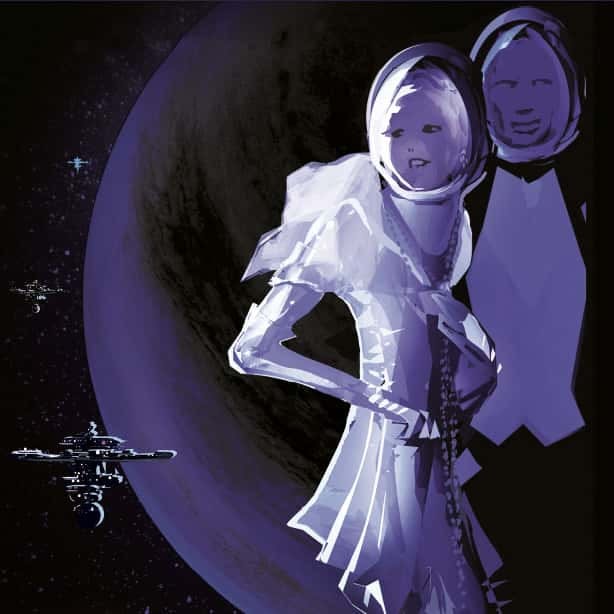Science and Business IV
Palo Alto 29 Oct 2019
A dinner and discussion about collective imagination, strategies for acting on multiple timescales and how to respond to distant threats.
How we go about solving a problem depends on how far into the future it is. When the problem is around the corner, we tend to react to it. But when it’s a long time away, we seek to transform it, putting to use new opportunities that arise in the interim. In other words, on short timescales we act as if our landscape is fixed, but on long timescales we try to shape our landscape so as to allay the concern. Understanding how to balance these strategies can help us manage distant threats, such as man-made and environmental catastrophes. When multiple people act together to shape the future with the right dynamical rules in place, the path to innovative solutions can be fast-forwarded – even in the absence of explicit cooperation. We call this process collective innovation.
In this dinner hosted by the BCG Henderson Institute, we discuss strategies for acting on multiple timescales, how to respond to distant threats and collective imagination. Participants include Brian Arthur, Thomas Fink, Simon Levin, Dan Levinthal, Mihnea Moldoveanu, Michael Nielsen and Martin Reeves, as well as industry practitioners
